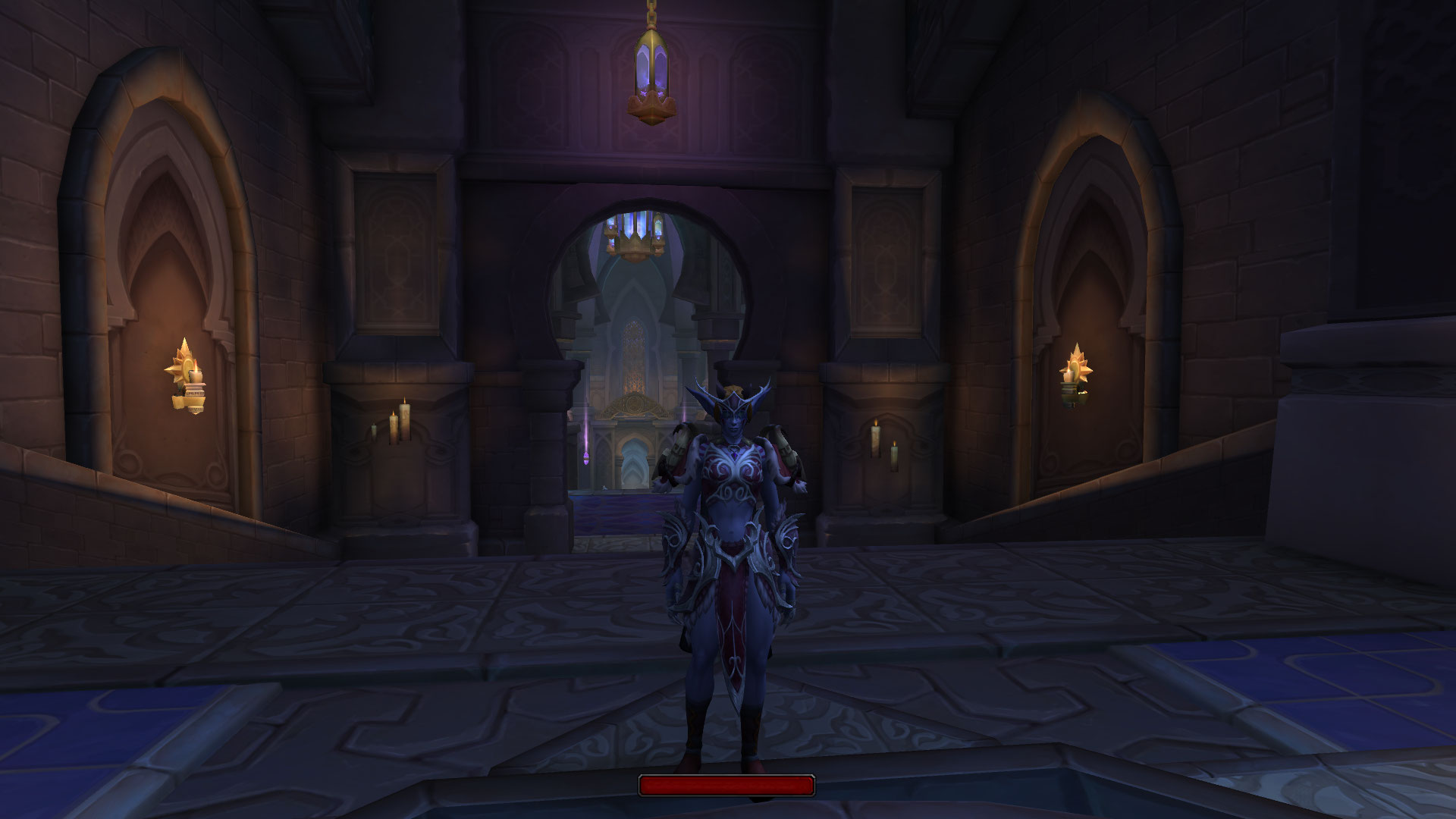Understanding Shadow Work in World of Warcraft
Even in a realm of orcs, dragons, and cosmic gods, the most daunting boss often lurks within. Shadow work—the practice of exploring the hidden parts of ourselves to reclaim buried strengths—finds a surprisingly fertile battleground in World of Warcraft. Azeroth’s eternally war-torn landscape offers more than loot tables and raid clears; it provides symbolic quests, moral crossroads, and archetypal mirrors that can guide players toward deep inner alchemy. Whether you’re a long-time raider or a casual wanderer, every dungeon, dialogue, and death run can become a ritual of self-revelation.
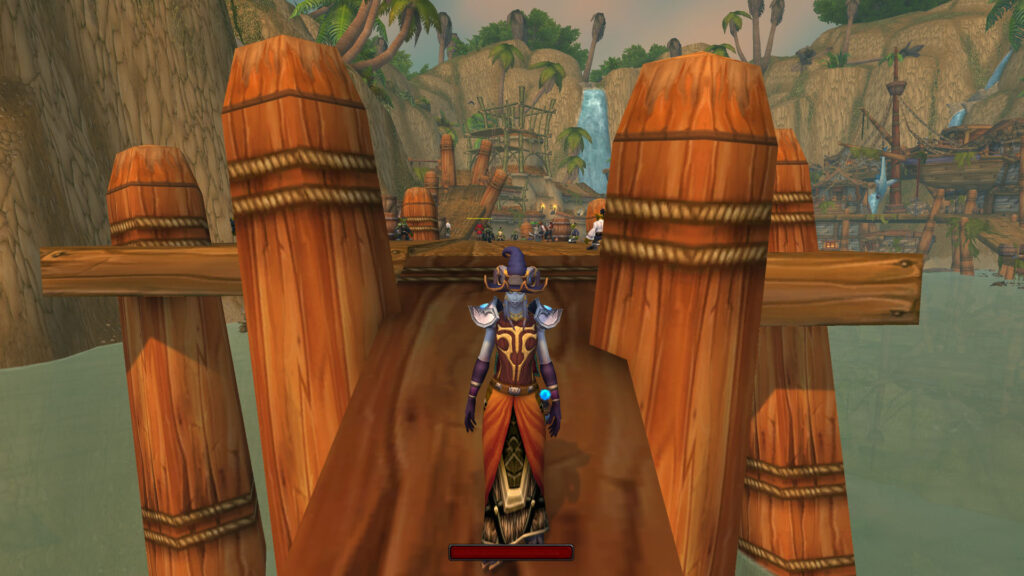
“Sometimes the simplest moments hold the deepest wisdom. Let your thoughts settle, and clarity will find you.”
Delving into the Dungeon of the Self
Consider character creation: the race, class, and talents you choose often echo unconscious desires or perceived shortcomings. Rolling a Forsaken Warlock might signal an attraction to forbidden knowledge, while a Druid’s shapeshifts can hint at an inner longing for fluid identity. Pay attention to these choices—then ask why.
Quest prompt: After each new alt, journal three reasons you gravitated toward that archetype. Which traits feel aspirational, and which feel like shadow aspects you’re ready to confront?
Dungeon mechanics also mirror psychological patterns. Repeating old raids for transmog can expose loops of nostalgia or perfectionism. Wiping on a boss because someone ignored mechanics? That’s a chance to notice blame reflexes or leadership fears in real time. Instead of venting in party chat, pause and ask, “What unmet need triggered my reaction?” Shadow work thrives on such micro-reflections.

When Lore Meets the Abyss
Midway through your introspective journey, the game’s narrative beats become oracles. The Shadowlands expansion literally sends you into the afterlife to balance anima and atone for past sins—an allegory for integrating discarded parts of the psyche. The Maw’s ceaseless torment can symbolize internalized shame, while Revendreth offers lessons on transforming pride into purpose.
Try running the covenant campaigns as a mythic mirror: Which covenant’s philosophy stirs discomfort or attraction? The answer reveals which archetype—martyr, judge, trickster, or caretaker—you may have exiled to the shadows.
Multiplayer dynamics add another layer. Guild politics and raid teams expose projection and transference. If a guildmate’s behavior needles you, ask whether they embody qualities you suppress in yourself. By naming the trait (“reckless,” “needy,” “control-hungry”) and tracing it back to personal history, you siphon power from the projection and reclaim it as a conscious choice.
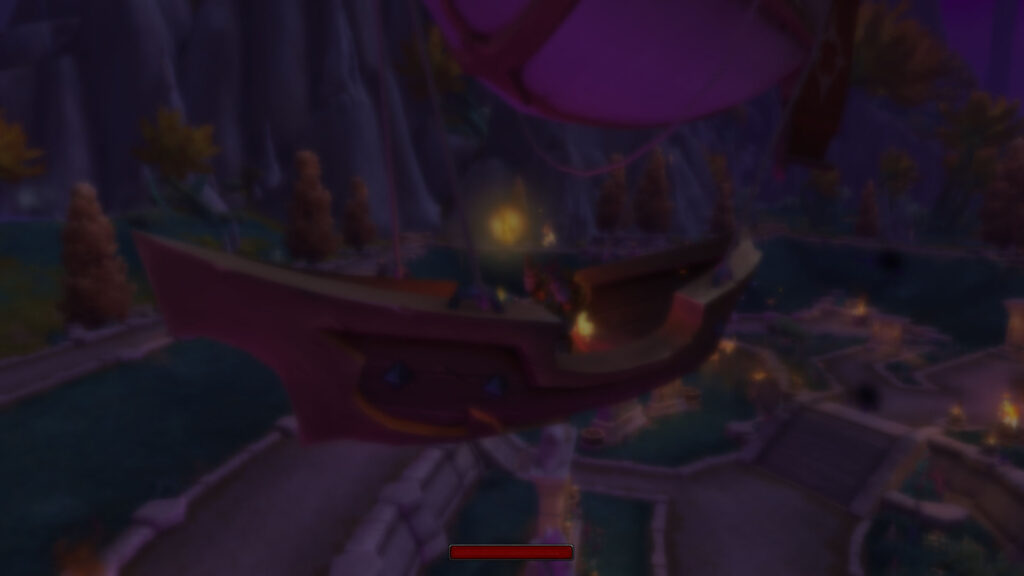
Wrapping Up with Key Insights
World of Warcraft is more than escapism; it’s an interactive grimoire. Every talent respec, faction choice, or battleground loss can illuminate hidden motivations. By treating in-game events as dream symbols—journaling after sessions, meditating on emotional spikes, and dialoguing with chosen avatars—you convert pixelated adventures into potent shadow rituals.
Key Takeaways:
Character Creation as Mirror—Your chosen race and class unveil suppressed or idealized traits.
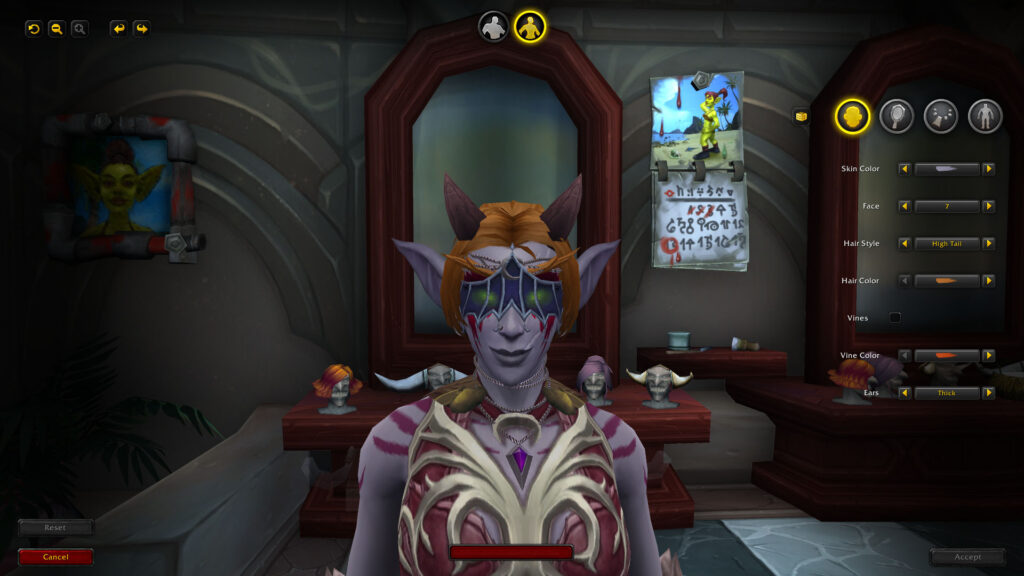
Gameplay Loops as Patterns—Repetitive content reflects real-life habits begging for conscious revision.
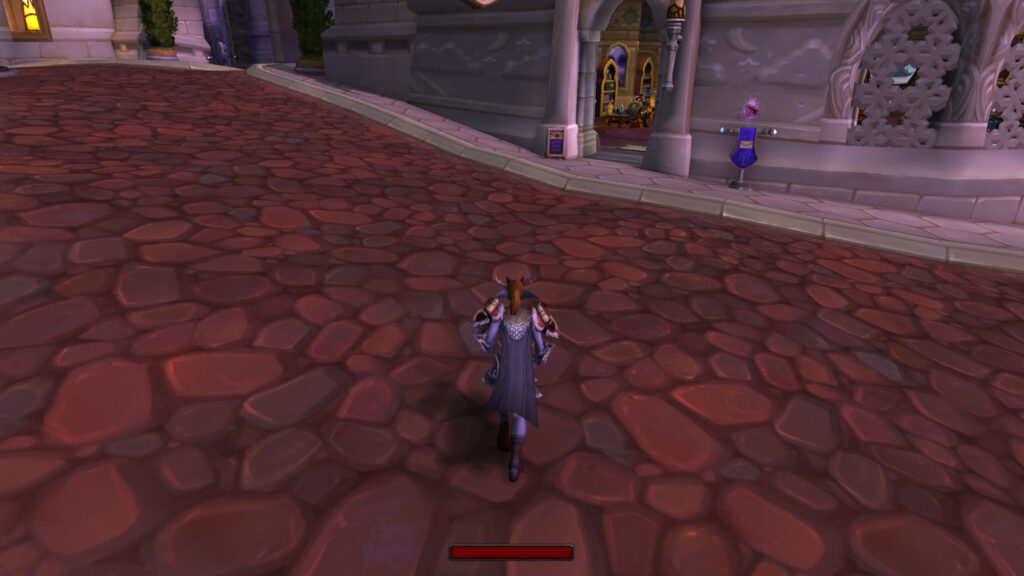
Lore as Archetypal Map—Expansion stories like Shadowlands externalize internal dramas, providing mythic vocabulary for self-work.

Community as Projection Field—Interpersonal friction in raids and guilds spotlights disowned qualities ready for integration.
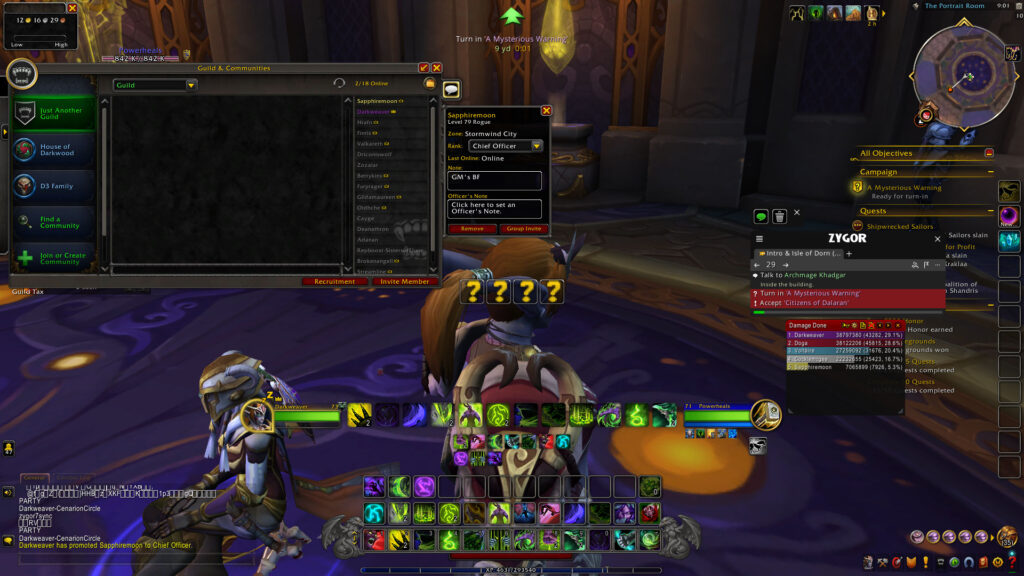
Next time you portal into Azeroth, equip more than potions—bring curiosity and a willingness to face your own void. The loot waiting on the other side isn’t just epic gear; it’s reclaimed fragments of self, reforged in the forge fires of fantasy and returned to your waking life with legendary resonance. Embrace the dark, and let the shadows guide you home.
